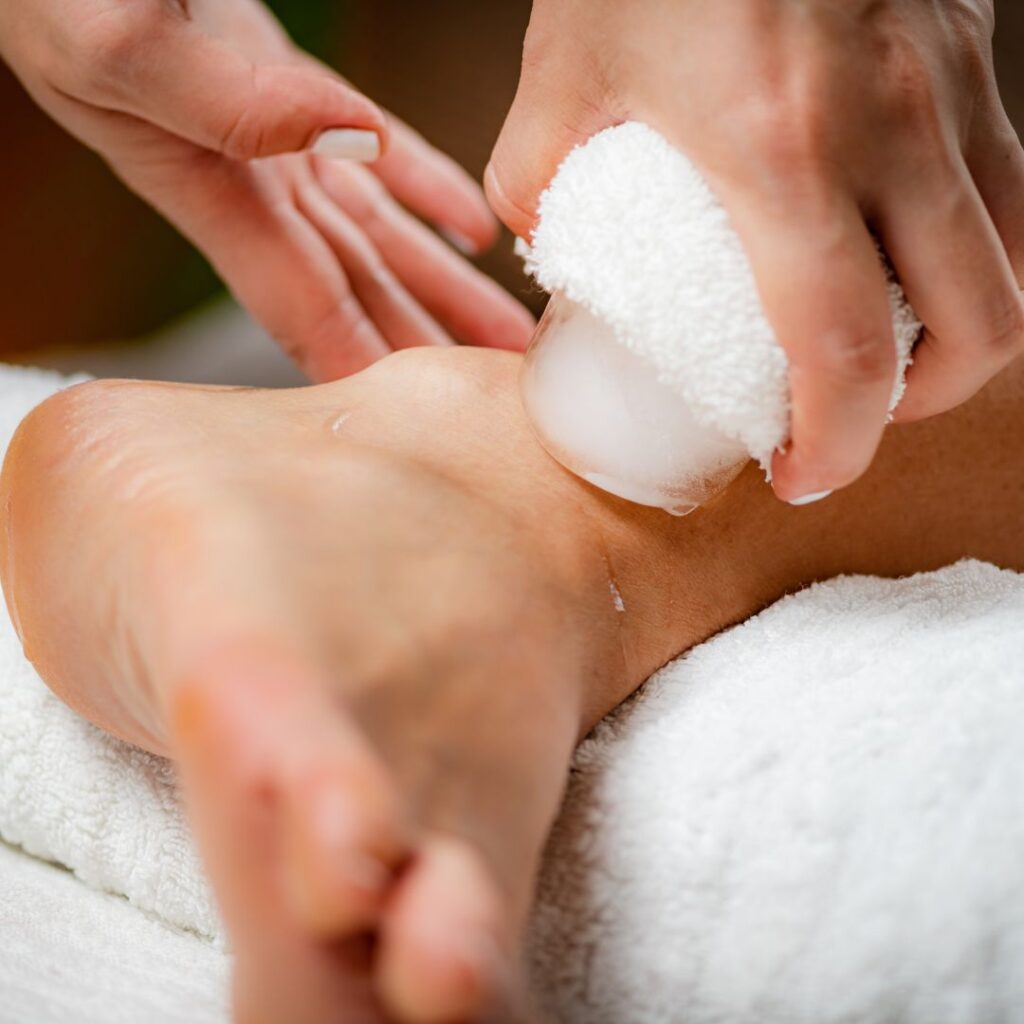Thai massage, an ancient healing practice rooted in Thai medicine, is gaining recognition around the world for its powerful therapeutic effects—especially for those suffering from chronic pain and recovering from injuries. Combining acupressure, deep tissue massage, and yoga-like stretching, Thai massage offers a holistic approach that addresses the root cause of physical discomfort while restoring balance in the body.
1. Improves Blood Circulation
One of the key benefits of Thai massage is the stimulation of blood and lymphatic circulation. Therapists use rhythmic compressions and stretching movements that enhance blood flow, delivering oxygen and nutrients to damaged tissues. This increased circulation supports cell repair, reduces swelling, and accelerates healing in injured muscles and joints.

2. Reduces Muscle Tension and Spasms
Thai massage is particularly effective at targeting muscle tightness and spasms—common issues for people suffering from chronic back pain, neck stiffness, or sports-related injuries. By focusing on specific pressure points along the body, and using sustained pressure and passive stretching, the massage helps release knots, improve muscular elasticity, and increase joint mobility. This not only reduces immediate pain but also prevents future flare-ups.
3. Enhances Range of Motion
Injury often leads to restricted mobility and joint stiffness. Thai massage incorporates a wide range of assisted stretching techniques that mimic yoga postures. These stretches help lengthen muscles, loosen fascia (the connective tissue surrounding muscles), and restore the natural range of motion to joints and limbs. This makes it especially beneficial for those recovering from injuries to the shoulders, knees, or hips.
4. Activates the Body’s Natural Healing Response
Thai massage works along the body’s energy lines, known as “Sen” in Thai medicine. By stimulating these energy pathways through acupressure and rhythmic movement, Thai massage activates the parasympathetic nervous system—often referred to as the “rest and digest” mode. This triggers the body’s innate ability to heal itself, reduce inflammation, and repair damaged tissues naturally.
5. Relieves Stress-Related Pain
Chronic pain often has emotional or psychological components, such as stress and anxiety, which can worsen physical symptoms. Thai massage’s meditative rhythm and deep breathing techniques help calm the mind, release endorphins, and reduce stress hormone levels. This creates a mind-body connection that not only alleviates pain but also improves overall emotional well-being.

6. Prevents Future Injuries
By improving posture, flexibility, and muscle function, regular Thai massage can prevent recurring injuries and imbalances. Athletes, dancers, and fitness enthusiasts often use Thai massage as part of their recovery routine to keep the body strong, balanced, and injury-resistant.
Conclusion
Whether you’re managing long-term pain or recovering from an injury, Thai massage offers a time-tested, non-invasive therapy that supports the body’s healing process. It promotes circulation, reduces pain, and restores mobility—all while calming the nervous system. For anyone seeking a natural, effective way to recover and regain strength, Thai massage is a powerful ally.

